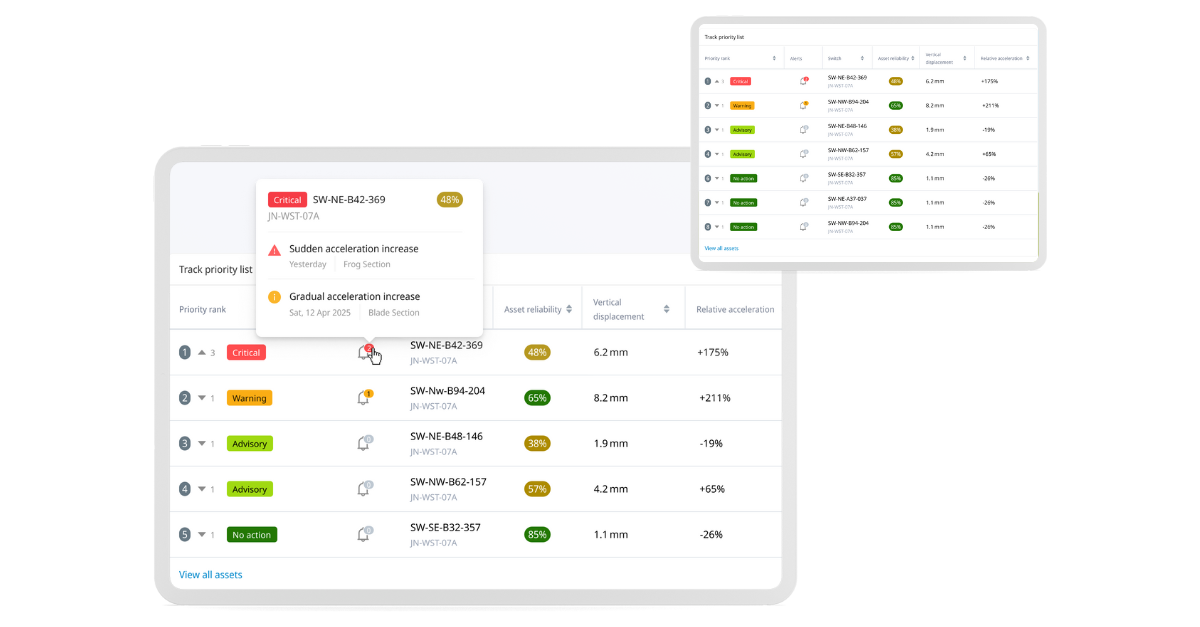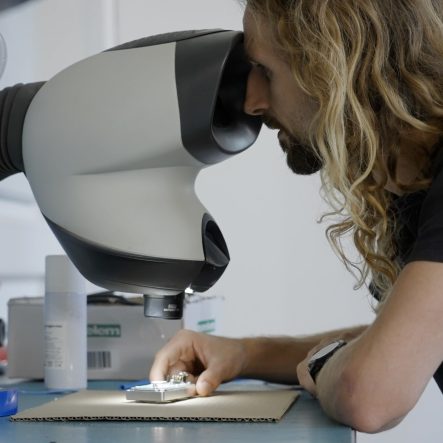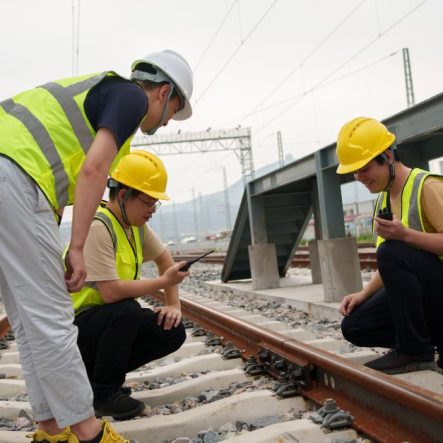Written by

Petra Pavlovic
Marketing and Communications Director

Lily Hashemi
Senior Product Manager
In rail operations, we know that acting early is the difference between smooth, reliable service and costly disruption. That’s why we’ve evolved how KONUX Switch assesses and communicates frog health, making insights more precise, timely, and aligned with real-world decision-making.
Moving Beyond Thresholds
Until now, KONUX Switch’s health models relied on voiding and impact force thresholds, along with recent behavioural changes, to classify assets into green, yellow, or red states. While this ensured that potential issues were not missed, through user studies we found that it also created several challenges. For example, the color states were unclear, leaving users unsure of whether an asset was already damaged or simply at risk of failing in the near future. Additionally, they could not account for other important variables – like wheel-rail trajectory – that would make insights more precise. In practice, these models have been optimised for catching all potentially risky cases, but this came at the cost. The result: teams were aware of risks, but unsure of the right action or priority.
So we made a change. We listened carefully to user feedback and took action.
A Clearer, Smarter Model
The latest product update of KONUX Switch delivers a dual-layered powerful approach: smarter real-time short term alerts for immediate action, and a long-term Reliability Score for forward planning. Together, they provide a complete, prioritized view of asset health across the network and enables users to act with confidence.
We studied inspection results from customers across Europe and used these insights to redefine how alerts are triggered. Instead of rigid thresholds, alerts are now based on patterns in acceleration over time, helping distinguish between urgent failures and emerging issues. Control Room teams can clearly see which assets require inspection in the next few days, and which can be scheduled for the weeks ahead. Essentially prioritizing inspections based on urgency, issuing work orders confidently, and reducing unnecessary interventions.
For longer-term planning, for asset and maintenance managers, we’ve built a powerful Reliability Score model. The new and AI-powered Reliability Score predicts the probability of failure over the next four months. It is trained on extensive operational data – including over 4,500 assets, 396 replacements, and more than 1.4 million train traces. Importantly, it has been designed to take into account: relative impact force, impact force, voiding, and device overloading. Going forward, this powerful model will be continuously learning from incorporating inspection feedback, asset health and its indicators (maintenance history, age, etc.), asset metadata (e.g location and frog type), wheel-rail trajectory information, and other relevant inputs as they become available such as track geometry
With this, managers can plan budgets, allocate resources, and schedule maintenance with foresight, not guesswork.

Priorities Made Visible
At the very top are the frogs with critical alerts, which require immediate attention and should be inspected within days. These are followed by the frogs with warnings, which indicate issues that need to be addressed in the coming weeks. After that, all other assets are ranked by their reliability score, giving you a transparent view of which frogs are most likely to fail in the coming months and allowing you to compare assets one by one. The lowest scoring assets are marked as advisory, meaning they are not in urgent need of inspection today but should be prioritized in longer-term maintenance planning.
By combining short-term alerts with longer-term predictions, the priority list helps teams always know what requires attention right now, what needs to be scheduled soon, and what should be factored into strategic planning and budgeting. This allows you to allocate resources more efficiently, avoid unnecessary interventions, and extend the lifetime of your assets.
For the first time, we are bringing all of these perspectives together in a single, real-time priority, ranked asset list, giving you an overview of all your assets. This view combines immediate alerts and predictive scores to clearly show what needs attention now, what should be scheduled soon, and what to factor into future plans.
Critical frogs are listed first, which require immediate attention and should be inspected within days. These are followed by those with early warnings, which indicate issues that need to be addressed in the coming weeks. Every other asset, marked as advisory – means they are not in urgent need of inspection but should be addressed in longer-term maintenance planning – is sorted by reliability score, giving asset and maintenance teams a transparent view of future risk and allowing them to prioritise with confidence.
Looking Ahead
This update makes KONUX Switch even more aligned with how railway professionals work: grounded in data, informed by AI, and built for practical decision-making. We are continuing to expand and improve our models with new data inputs, improving how alerts reflect the full lifecycle of an issue, from detection to inspection to maintenance resolution.
Users can now explore the features in real-time, see how they support day-to-day decisions, and share feedback to help shape what comes next.
Written by

Petra Pavlovic
Marketing and Communications Director

Lily Hashemi
Senior Product Manager










